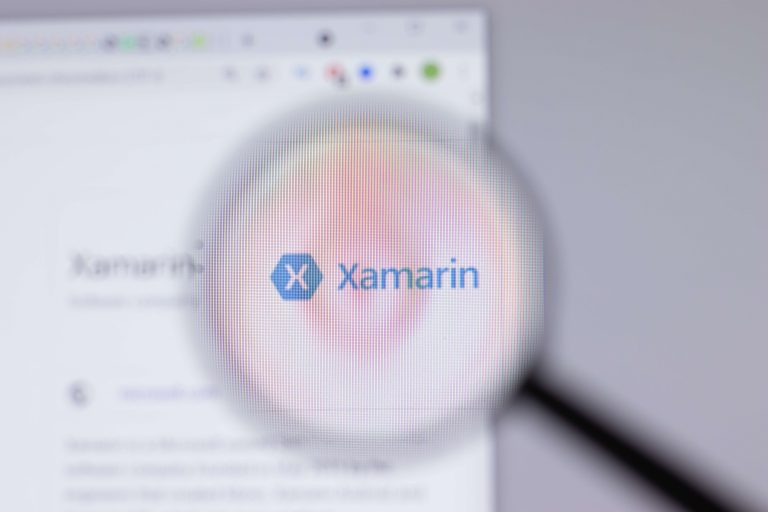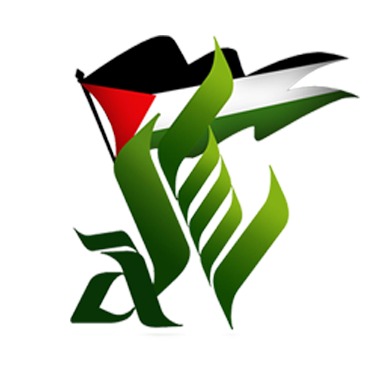- اتصل بنا: +972 59-218-8884
- البريد الإلكترونيinfo@resala.ps
How to Learn Kubernetes: Prerequisites, Paths, and Resources Ambassador Labs
This document outlines a collection of guidelines, style suggestions, and tips for writing code in the different programming languages used throughout the Kubernetes project. I always keep this page updated with new resources as I find them. So if you’ve got a suggestion for a new resource I should add here, get in touch!
- Opening a terminal from inside the pod is simple, you need a terminal installed on the docker, either bash or ash or others.
- Both Docker and Kubernetes are open-source cloud-native technologies.
- Metadata is information about the object that can be used to keep track of it and identify it.
- Docker is a tool designed to make it easier to create, deploy, and run applications by using containers.
- Cluster administrators can update Custom Resources independently of the cluster.
We can do this by adding a envFrom field that accepts the name of the configmap on the Container inside the YAML. This will make all the configuration keys appear as environment variables inside the pods. Each pod that is created, will get a set of environment variables set for each service in the same namespace. This requires that the service is created first, and the pod afterward. You can skip specifying the namespace in the YAML files, but it can be useful if you have multiple namespaces in the same deployments. Create a new file named 00_namespace.yml inside the Kubernetes folder.
How to inspect the bridge network to see what containers are connected to it?
You’ll certainly gain a good understanding of Kubernetes in the learning process, but the truth is that you never stop learning. If you are a Go developer or you want to learn to extend/customize kubernetes, I would kubernetes development suggest you create your own operator using Golang. Ensure you optimize the Dockerfile to reduce the Docker Image size. Many engineers get confused with Ingress due to less knowledge of Ingress controllers.
Senior Java Developer (12 Month Contract) at Datafin Recruitment – IT-Online
Senior Java Developer (12 Month Contract) at Datafin Recruitment.
Posted: Tue, 16 May 2023 07:00:00 GMT [source]
When you containerize your application, it runs the same way on all systems, which is an advantage when it comes to collaboration. Without containers there will be nothing for Kubernetes to orchestrate, this is why it is important to learn how to containerize or use containerized applications. If you just want to learn Kubernetes or experiment with building a cloud-based application, then you can run Kubernetes, OpenShift, or OKD locally on your workstation or laptop. For serious projects, you can build your own cluster, and for large-scale production, you can install OKD or Kubernetes.
Limiting Resources
We can pass a bridge which is pre-created, in which case bridge CNI plugin will reuse the bridge. In this article, we dive into Pod-to-Pod communications by showing you ways in which Pods within a Kubernetes network can communicate with one another. A Kubernetes cluster consists of several components, working together.

Hiring experienced and capable Kubernetes developers will ensure that your cloud-based applications perform well under any circumstances. As an autonomous and continuous ecosystem for containerization, Kubernetes allows for effortless scaling of applications. Depending on the demand, burden, and resources, Kubernetes can scale an application up and down.
Structure Your React Apps Like It’s 2030
Whatever the difficulties, every developer and operations person can get up to speed with containerization and Kubernetes with enough time and effort. Kubernetes is a tool that helps us to run and manage applications in containers. It was developed by Google Lab in 2014, and it is also known as k8s.
In the UI you can view the workload, resource usage, and what resources that exist. Kubernetes dashboard — visualizing the clusterNote that we run the dashboard with Minikube, you can run it standalone also, Minikube just makes it easier on your development environment. You can view all minikube addons by running minikube addons list. If your application exceeds the memory limit assigned to it, it will restart, and keep restarting if it still exceeds the limit. So a regular memory leak would be saved with a restart, but if the application really uses more memory than it is allowed, it will repeatedly kill the container. Kubectl logs show the stdout from the podOne other very important thing to learn when debugging in K8 is to enter the pod with a terminal.
What is Containerization? How does it help with DevOps?
A solution can be built around any existing Linux encapsulation mechanisms. We need to have a tunnel interface (with VXLAN, GRE, etc. encapsulation) and a host route such that inter node Pod-to-Pod traffic is routed through the tunnel interface. Below is a much generalized view of how an overlay solution can be built that can meet Kubernetes network requirements.

Kubernetes will automate deployment to a staging and production environment, but it puts extra overhead on developers and operations to ensure that both environments mirror each other. Making a mirror image of production and keeping it always in the same state as production can be challenging. Now that you are confident in your https://globalcloudteam.com/ knowledge, you can now go further and learn how to set up Kubernetes locally and start orchestrating. Here you can start by trying to use public images or your own Docker image in Kubernetes and see how you can implement some of the API resources you have learned. You should also learn about scaling, Ingress, and availability .
Kubernetes monitoring With Sensu: Setting up Container Sidecar Agent
Unlike two previous solutions there is significant effort in the overlay approach with setting up tunnels, populating FDB, etc. Existing container networking solutions like Weave, Flannel can be used to set up a Kubernetes deployment with overlay networks. Here is a good article for reading more on similar Kubernetes topics. This course is by the same instructor as above and it’s for you if you’re going to be building, troubleshooting and securing a Kubernetes cluster, and adding things like storage and networking services. It also includes practice questions and exams to help you to prepare for the Certified Kubernetes Administrator exam (although the exam itself isn’t included – you need to book that separately!).

There is a whole ecosystem of network solutions that plug neatly into the Kubernetes networking semantics. Here is a good article for learning more advance topics on Kubernetes development. The API server serves the Kubernetes API using JSON over HTTP, which provides both the internal and external interface to Kubernetes. The API server processes and validates REST requests and updates the state of the API objects in etcd, thereby allowing clients to configure workloads and containers across worker nodes.
Ways to Create a Kubernetes Cluster for Local Use
We can use namespaces in Kubernetes to separate resources, more on this later. Kutebectl create is used to create the resource and the -f flag is used to point at a certain file. Template — A template that defines how the newly created Pods should be set up, note that the template is an object and contains its own spec field. Hellogopher.yml — Line 1–4 contains default fieldsNext, we will define the spec, spec is a field in the YAML that defines the state that the object will be in. What information needs to be provided in the spec depends on the type of object you create. Create a new file named hellogopher.yml which will maintain our objects related to the API.
© 2021 جميع الحقوق محفوظة. جمعية رسالة للأعمال الخيرية


ترك تعليقاتكم